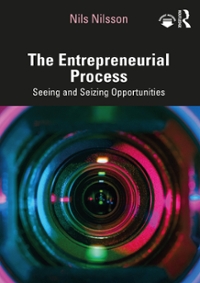C The chapter casts some light on our innate weaknesses as human beings in reaching conclusions and
Question:
C The chapter casts some light on our innate weaknesses as human beings in reaching conclusions and making rational decisions (i.e. decision-making biases).
Give examples from your own experience to each of the below examples of biases (fallacies). Considering each one individually, explore what one could do to overcome them.
•
Confrmation bias: you tend to listen to information that supports your thoughts.
•
Illusion of control: you tend to believe that you can control or at least infuence the outcome when, in fact, you cannot (≈ hubris).
•
Anecdotical evidence bias: you rely on few observations or idle talk, but draw general conclusions from them (≈ law of small numbers).
•
Availability bias: you overestimate information you already have access to.
•
Zero-risk bias: you avoid risk/uncertainty to the extent that you neglect solutions with good risk–reward balance.
•
Halo efect: when evaluating a person, your frst positive impression of them will infuence your other judgements.
•
Stereotyping: you judge a person from her group membership, not her personal qualities.
•
Negativity bias: you pay more attention to negative information than is reasonable.
•
Bandwagon efect: if a number of people hold a belief, you tend to follow the crowd (≈ groupthink, fock behavior).
•
Blind-spot bias: you don’t see your own biases, but recognize them in others.
Step by Step Answer:

The Entrepreneurial Process Seeing And Seizing Opportunities
ISBN: 9781000373295
1st Edition
Authors: Nils Nilsson





